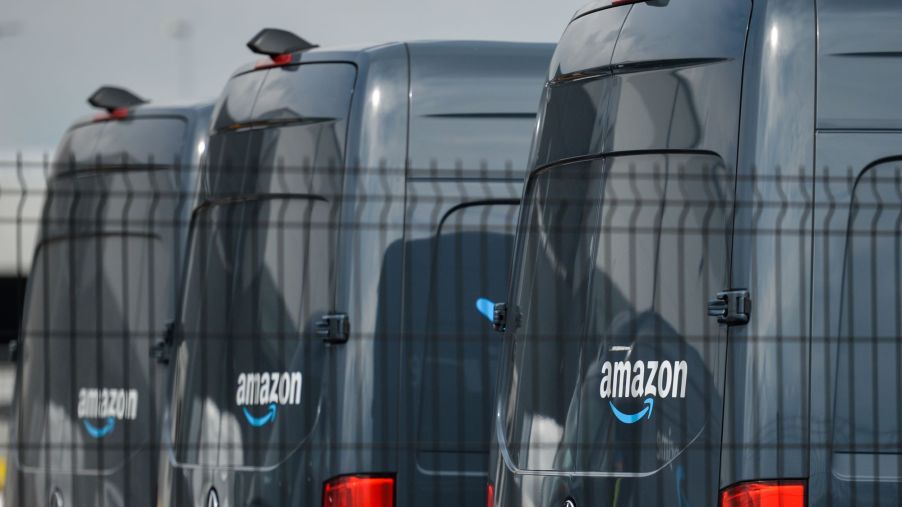
Amazon Threatens to Get Their EV Needs Elsewhere if Its Demand Is Not Met
Large companies like Amazon, DHL, and others are making big plans to shift to electric vehicles. They want assurances that they can get what is needed for their EV fleets to provide the same fast service to their clients. As the U.S. begins the transition, these companies have legitimate concerns about charger availability, speed, and battery technology. Amazon, for instance, is being very clear about what they want from automakers.
The Corporate Electric Vehicle Alliance
In affiliation with sustainability advocate Ceres, the Corporate Electric Vehicle Alliance, recently submitted a blueprint for EV development to leading automakers, including Daimler, General Motors, Toyota, and Volvo. The blueprint outlines the EV needs of U.S. companies moving goods and people over the next five years. According to Market Watch, the group anticipates buying an estimated 300,000 light-duty EVs at that time.
According to Market Watch, the alliance has grown to 29 members over its two years of existence. Sara Forni, director of clean vehicles at Ceres, explained it’s essential that automakers prioritize production to meet these goals. The production of zero-emission vehicles is far lower than that of internal combustion engine vehicles.
The submitted survey showed a clear preference for all-electric vehicles that run on batteries instead of hybrids, plug-in hybrids, and hydrogen fuel cells that aren’t yet scalable.
The alliance is requesting increased transparency about the design, production, and timing of EVs that would meet the needs of major commercial fleets. They’re seeking information on all-electric sedans, SUVs, box and pickup trucks. Ideally, these would have 200 to 300 miles or better driving ranges.
Ultimatums
The alliance is willing to pass one manufacturer for another to get what they want. According to the New York Times, Amazon plans to purchase thousands of EVs from Stellantis despite owning 20% of Rivian.
With the company’s vow to make half of its deliveries using carbon-neutral vehicles by 2030 and all be net-carbon-neutral by the end of 2040, Amazon must get what they need when they need it. Pushing Rivian aside for Stellantis showed their willingness to go wherever necessary to get what they needed.
Now, with the pandemic encouraging more online shopping than ever before, Amazon’s push to electrify their delivery service becomes more urgent. The company still contracts some of its deliveries out to other companies but, as a whole, handles many deliveries using its own commercial vehicles.
Plans for EV growth
According to Market Report, the alliance report also explains that companies expect automakers to increase the charging network as well the vehicles. The network is vital because having easy access to charging sites will ensure the desire to switch from gas-powered vehicles to EVs. Being able to use any network also helps reduce range anxiety.
Having open charging standards in place will let the auto industry collectively move toward a better future. It helps prevent a scenario where infrastructure is tied to technology that could quickly become outdated. Last year, GM pledged to partner with seven charging networks ahead of its push to produce EVs, and that’s just one example.


